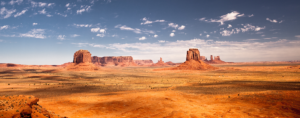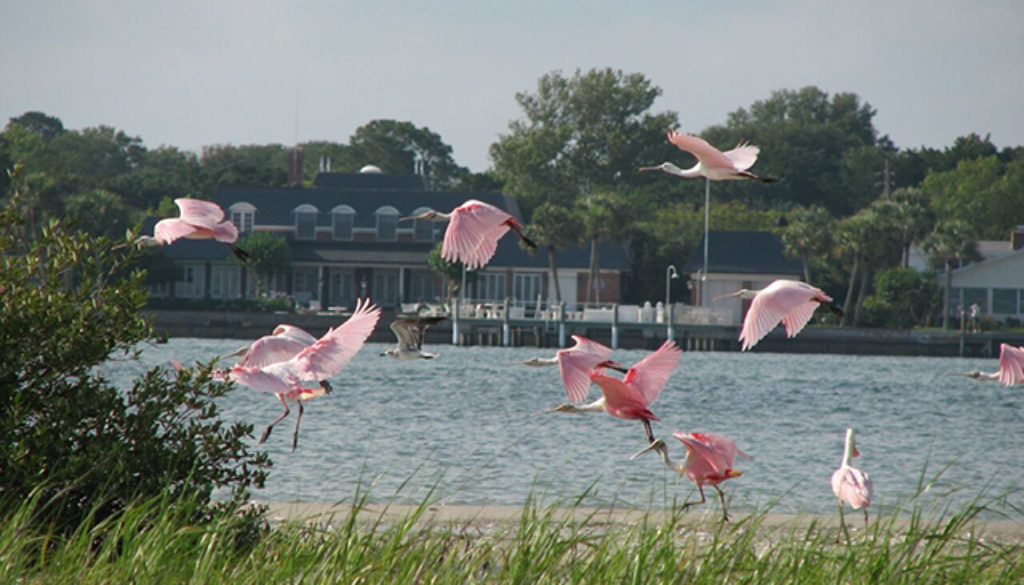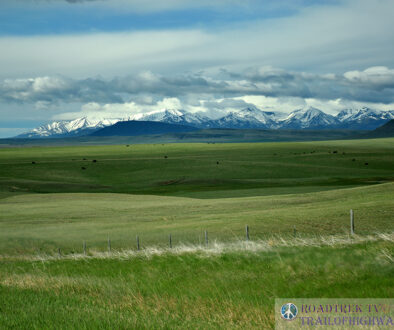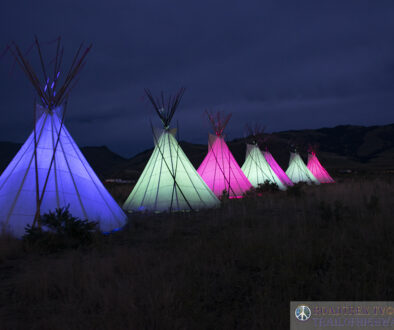From History to Beauty the Matanzas Estuary is Home to Both
From History to Beauty the Matanzas Estuary is Home to Both
A historic fort with a wealth of history can be found out there; set on a very long, thin body of water, this place is located behind the coastal forest where salt water meets fresh. Here is a locale between the Visitor’s Center on Anastasia Island, and Rattlesnake Island, where the past can be discovered, relived and enjoyed on the Matanzas River.
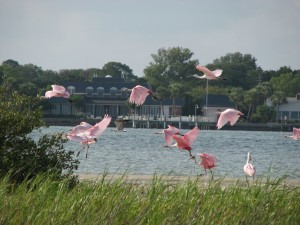 But not only do the remnants of battles once waged to forge the very first city located in the United States live on this spot, but also there’s a waterway that plays home to the most beautiful Atlantic Bottlenose Dolphins, called the Matanzas Estuary. The playfulness of these marine mammals offers a social relationship between Man and Creature that can be found nowhere else on the planet. And, every once in a while, the endangered West Indian Manatee joins the pack. But these mammals are not all that claim the stunning beauty of the estuary as their own. Groups of the most beautiful wading birds also frequent the area. From Great Blue Herons to others, a visitor can stand and watch these beings hunt for fish and crustaceans located in the shallows.
But not only do the remnants of battles once waged to forge the very first city located in the United States live on this spot, but also there’s a waterway that plays home to the most beautiful Atlantic Bottlenose Dolphins, called the Matanzas Estuary. The playfulness of these marine mammals offers a social relationship between Man and Creature that can be found nowhere else on the planet. And, every once in a while, the endangered West Indian Manatee joins the pack. But these mammals are not all that claim the stunning beauty of the estuary as their own. Groups of the most beautiful wading birds also frequent the area. From Great Blue Herons to others, a visitor can stand and watch these beings hunt for fish and crustaceans located in the shallows.
Diversity is ever-growing in and around the Matanzas Estuary. The area with the salt marshes literally 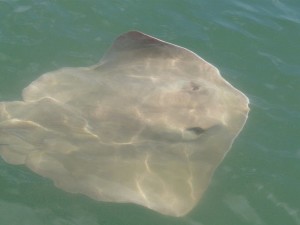 holds everything from blue herons to snowy egrets to the mighty Wood Stork. Bald eagles, ospreys, pelicans and more, also come together here so that the estuary constantly provides action and color from morning until night.
holds everything from blue herons to snowy egrets to the mighty Wood Stork. Bald eagles, ospreys, pelicans and more, also come together here so that the estuary constantly provides action and color from morning until night.
Only eight miles south of St. Augustine also lies the Matanzas Wildlife Management Area that takes up over 4,500 acres inside the Matanzas State Forest. This particular forest protects over two miles of the estuary located on the Intracoastal Waterway, which is actually the last remaining undisturbed salt marsh within the Matanzas National Estuarine Research Reserve. From forest to marsh, it was the Audubon Society that designated this area as an Important Birding Area, and was made a vital piece of environmental protection when it came to improving water quality and saving wildlife along the Matanzas River.
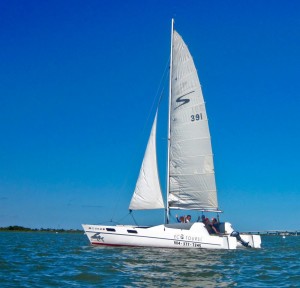 A rich cultural history is provided to visitors, even the Great Florida Birding Trail is available for those who wish to explore in-depth the beauty that the Matanzas Estuary has to offer. If searching for bay and cypress swamps to hardwood hammock and salt marshes, many people who wish to become “part” of the natural surroundings head straight to St. Augustine whether it be for observation, photography, or even sports, such as; hunting, fishing, horseback riding, canoeing and kayaking.
A rich cultural history is provided to visitors, even the Great Florida Birding Trail is available for those who wish to explore in-depth the beauty that the Matanzas Estuary has to offer. If searching for bay and cypress swamps to hardwood hammock and salt marshes, many people who wish to become “part” of the natural surroundings head straight to St. Augustine whether it be for observation, photography, or even sports, such as; hunting, fishing, horseback riding, canoeing and kayaking.
Walking the huge maze of unpaved roads offers anyone and everyone a chance to truly convene with nature. And perhaps, most important of all, the Guana Tolomato Matanzas National Estuarine Research Reserve (AKA: GTM Research Reserve), is a fantastic organization that is absolutely dedicated to the conservation of biodiversity and cultural resources in this area. Protecting 73,000+ acres, the GTM Research Reserve has increased the number of habitats within various Florida cities.
They prove every day that improving environmental education is a must. The saving and cleaning up of “homes” for the immense amount of creatures is a necessity. And, above all, offering a chance for humans and wildlife to “meet” in one of the most stunning locations on Earth, are all reasons why the Matanzas Estuary thrives.
Feature Sponsored by; St Augustine ECO TOURS.com
